Becoming Sustainable in a Disaster
What is Business Sustainability?
It is the ability to continue vital business functions through a negative event, that can cause a very serious business disruption. Just imagine if your business was struck with a vital records disaster.
Which is better? Be up and running again in 1-2 hours with no vital records loss, or be “up and running” in 2 months with only recovering at best 20% of vital records, which includes client information? Personally, I choose Recovery in 1-2 hours with zero vital record loss.
Vital Records Protection
Be it a localized fire, flood, or physical security incident; there are strategic ways to plan around these disruptions, and many more. Vital Records protection is an essential component to Business Continuity, which is necessary to have a sustainable business.
Other Sustainable Developments
Safety, often referred to as Occupational Health & Safety (OH&S) is the most common. It is the most regulated, enforced, and standardized service we offer. It is required by law!
Business Continuity is the ability to ensure vital businesses functions continue through a business disruption. How do we build one? First, we need to develop a Hazard Identification and Risk Assessment (HIRA) for the organization, which then continues to development of a Business Impact Analysis (BIA). After these two unique documents have been developed, an accurate and effective Business Continuity Plan can be created, addressing your organization’s individual vulnerabilities and risk. You have now taken one giant step towards becoming truly sustainable.
Disaster Management directly addresses likely risks that are identified in the HIRA *The same document that a Business Continuity Plan uses*. From this, unique plans are developed to reduce organizational vulnerabilities with Mitigation, Preparation, Response, and Recovery.
Now What?
It is only a matter of time before a negative event causes a serious disruption in your business. Strategically preparing for disruptions before hand, is significantly cheaper than Responding/Recovering from them after the incident. Every $1 spent on Mitigation efforts, $6 is saved in Response & Recovery. Risk-Reduction works!
Contact us today!
Director of Project & Risk Management
Jonathan@DynamicResilienceMGMT.com
DynamicResilienceMGMT.net
587-336-8747
